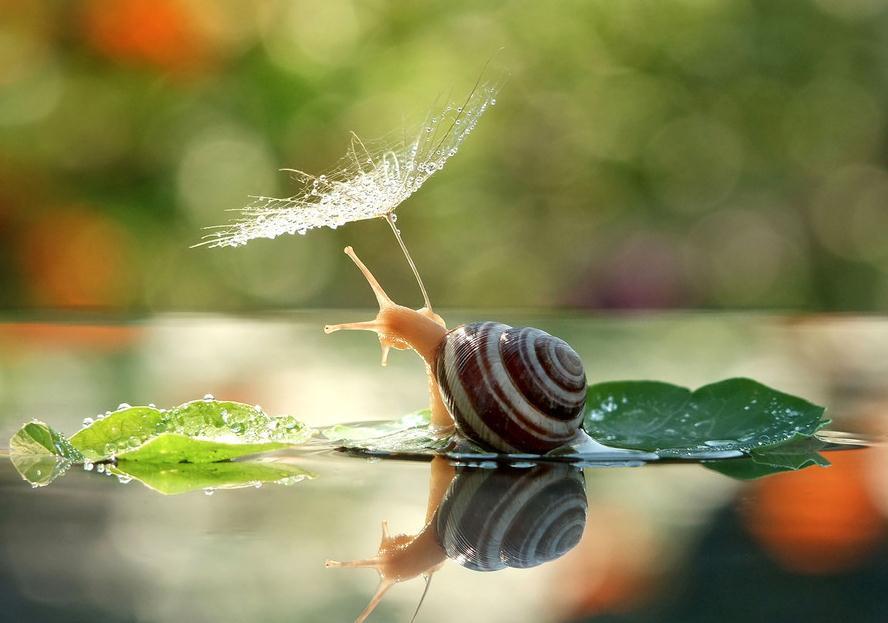(Sanskrit स्वभाव; Tibetan: rang bzhin) From bhava, “becoming, being, attitude, state of being” and sva, “own.” In general use, svabhava means “innate nature.”
1. In Hinduism, svabhava can refer on the cosmic scale to the ultimate nature of all things (Brahma), or down at the personal scale to our apparant self-nature.
2. A term used in Buddhist philosophy to clarify what is inherently existent, and what is not (nisvabhāva, rang bzhin med). Mahayana Buddhism posits the doctrine of the inherent emptiness (sunyata) of all things (svabhava), and is therefore called svabhava-sunyata. This is the core message of the prajnaparamita scriptures.
“The producers of form from no-form — the root of the world — the devamatri and svabhavat, rested in the bliss of non-being.” – The Voice of the Silence
“Ishvara wills. The equilibrium of the Gunas is disturbed through Kaala under the influence of Ishvara. Kaala is a Sakti of Ishvara. Then transformation takes place through Svabhava, which is the essence of Prakriti. The development of the Mahat Tattva follows from Karma. Originally this world was enveloped in darkness. Ishvara or the Lord, though unmanifest Himself, caused this universe to be gradually manifested. By dint of His Will, the Lord, the undecaying substratum or reality of the universe gave the first impetus to nature to shake off her state of primal equipoise and to be gradually and successfully evolved in those twenty-four categories and elements such as intellect, egoism, root-elements or Tanmatras. Prana, Mind, the five Bhutas or elements which were necessary for the formation of the present universe.” – Swami Sivananda, Self-knowledge


You must be logged in to post a comment.